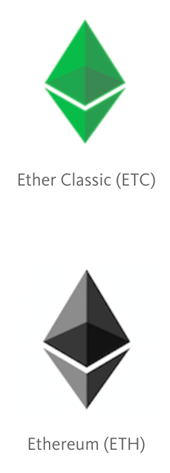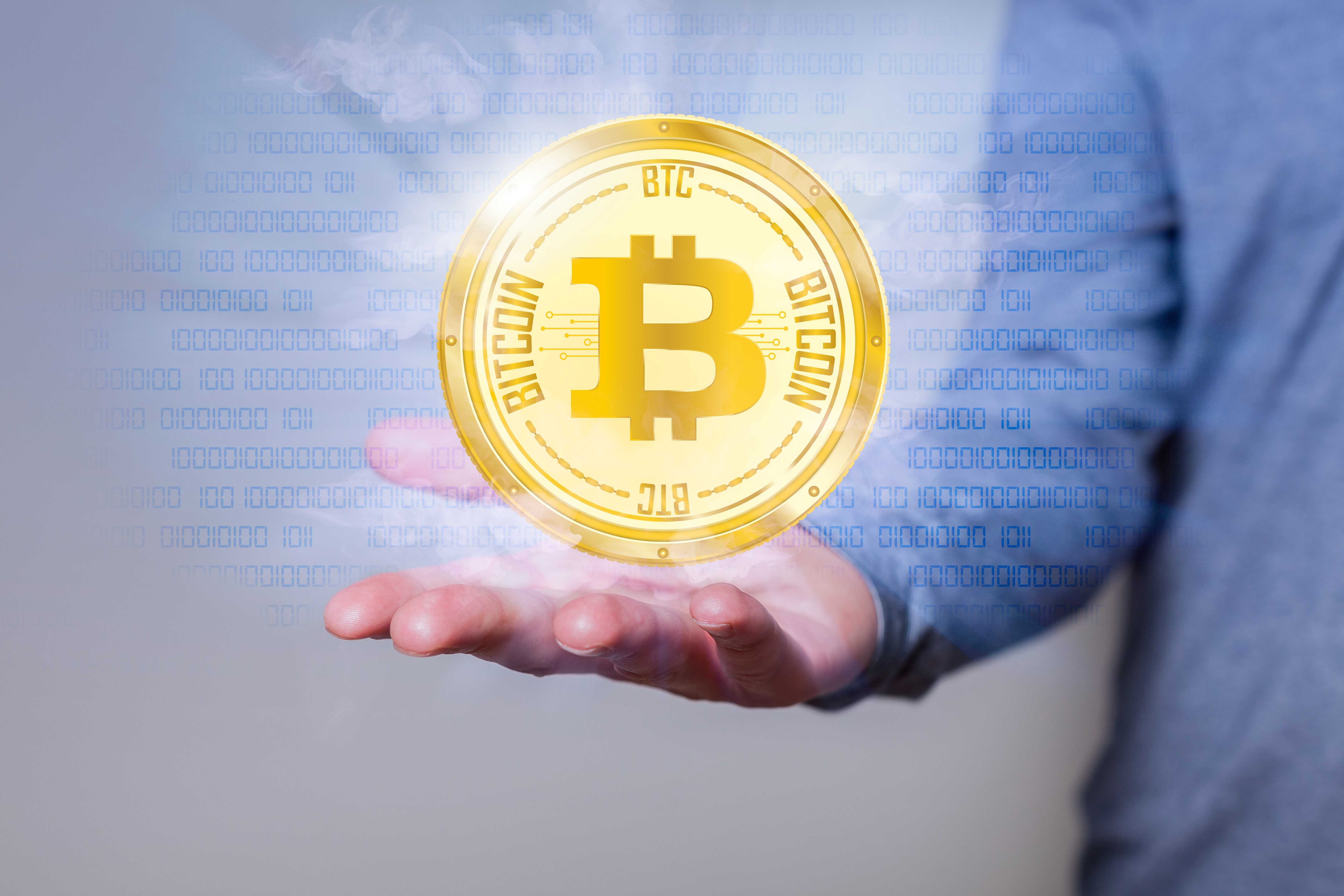What Is the SEC Doing to Blockchain Technology?
To be sure, the question in this article’s title is entirely rhetorical, because the regulators surely don’t know what they are doing. Certainly no one active in the blockchain industry knows precisely what the SEC is doing. That is being debated all over the world right now.
This much seems clear: arbitrary government power will henceforth threaten constantly to hobble the advance of distributed ledger technology, trying for force fit it into some old model that exists on regulatory books, so long as doing so is viable until technological evolution makes fools of them all. And it will.
An Ominous Warning
In case you haven’t heard, the SEC has just issued a very strange warning/threat/edict to the effect that cryptoasset tokens of “distributed autonomous organizations” will be regulated like regular securities. The announcement casts doubt that these crypto-innovations are anything but deceptive ways to get around the law, so the SEC is provoked to say: we still matter, and all your fancy language about tokens and assets changes nothing.
For anyone in this industry, it is a strange thing to claim. It comes across like the Department of Agriculture’s announcing that satellites will be regulated like livestock, or that math will be controlled under a law designed for vegetables.
However, the SEC also says that whether digital assets will be considered securities “will depend on the facts and circumstances, including the economic realities of the transaction.” Only the SEC can say for sure.
The question is how narrowly or broadly will this regulatory threat apply. This is where the confusion begins. Does it apply narrowly only to the DAO case from last year, which was huge at the time but buggy and led to the Etherium fork? In other words, is this just the usual pretend excuse of consumer protection?
Or will it apply to every case of a token sale that uses blockchain technology? You can’t really tell from the language of the announcement, which is circuitous and merely suggestive amidst its faux-decisiveness. The SEC announcement on cryptoassets is ambiguous as a Papal encyclical issued under Pope Francis.
Maybe it is nothing serious, as the well-connected Coin Center hopes:
What the SEC did not say is that all tokens are securities. Rather, they suggest a facts and circumstances test but only analyze the facts and circumstances surrounding last year’s DAO token sale.
We believe that applying the same facts and circumstances test to other tokens will mean that some do not fit into the definition of securities, particularly tokens with an underlying utility rather than a mere speculative investment value.
The Blockchain Makes Peace and Prosperity Possible
Or perhaps someone in Washington truly believes that the most extraordinary technological innovation since the Internet can be made to work like the technology it is intended to replace. It’s like trying to make the lightbulb operate just like the whale-oil lamp. And actually it is not different from Ayn Rand’s tale of Anthem.
The market for cryptoassets is booming beyond belief, approaching the market capitalization of Ireland or Austria, all in a few short years. It’s because smart money is figuring out just what an amazing innovation blockchain is. It has taken nine years to fully dawn on people.
This is not really about Bitcoin as such, or even just monetary innovation, though there is that, and that in itself would be amazing enough. This is about a new and vastly improved path for human engagement itself: documenting claims, establishing ownership, communicating in a reliable way across the globe person to person, and establishing new rules for making peace and prosperity possible.
In the particular case of these “tokens” or “coins,” they do not operate like securities, which are ownership shares in the profits and interest of particular companies. These crypto tokens are vessels for valuing the authority to access ledgers that power human services. They come and go, as with any other market. Yes, people lose their shirts in this market, and others get rich. This is part of the exploratory process that is embedded in market evolution, particularly in these early days.
The market must be allowed to work at warp speed! As for the many, many pump-and-dumps, scams, and silly claims in deceptive white papers, there is just no way for government to police all this. The market is too new and active. These markets regulate themselves. Also: consumer beware!
There are plenty of legitimate companies in this sector now, many built on the platform that the SEC seems to disrespect. Even government agencies have contracted with them to provide services that are otherwise unavailable.
Also, these token sales help raise capital for new ventures, precisely because they are unregulated on platforms that have never existed before in human history. They have come along at a time when VC and bank funding have dried up, and when the practice of going public on regulated exchanges has become the privilege of a few. Everyone but the most highly capitalized has been shut out. Cryptoasset markets are free, which is why they are unleashing an amazing amount of creative and wealth-creating energy.
A Good Idea Cannot By Killed Bureaucracy
The SEC seems inclined literally to stop the progress of history, with old world coercion, as if mere announcements from bureaucrats will shape the world and the pace of social evolution in the long run. If this is serious, and if the bureaucracy follows through, it could be the most devastating economic regulation of our lifetimes.
However, there is the short run and the long run. Perhaps in the short run, this news could have a chilling effect on the market, or worse. Or maybe it is all just bluster.
The markets have so far sent mixed signals on the announcement. They are generally down across the board, but not nearly as much as you might expect from an existential threat. It seems like there are many buyers in the space right now, hoping for bargains.
In the long run, there is nothing that can stop a good idea from triumphing over reactionary attempts to stop it. That’s because ideas are portable and live on a metaphorical distributed ledger themselves, one that long pre-exists the blockchain. A good idea cannot be killed by mere bureaucracy.
There is also the matter of geography and borders, which thankfully still restrain the state to some extent. Intellectual and digital capital fly to where they are loved and not bludgeoned. The United States could become the world haven for great innovation, but not with these kinds of actions from the SEC (but you could substitute any bureaucracy in for those letters).
The future loves freedom, and freedom loves any jurisdiction in which it is valued, guarded, and celebrated. The SEC statement on blockchain technology is not the right way to go about this.
Jeffrey Tucker is Director of Content for the Foundation for Economic Education. He is also Chief Liberty Officer and founder of Liberty.me, Distinguished Honorary Member of Mises Brazil, research fellow at the Acton Institute, policy adviser of the Heartland Institute, founder of the CryptoCurrency Conference, member of the editorial board of the Molinari Review, an advisor to the blockchain application builder Factom, and author of five books. He has written 150 introductions to books and many thousands of articles appearing in the scholarly and popular press.
This article was originally published on FEE.org. Read the original article.



 Ethereum, like Bitcoin is a digital currency. However, unlike Bitcoin, it is also a blockchain platform. Ethereum’s currency, Ether is used primarily to access the Ethereum network.
Ethereum, like Bitcoin is a digital currency. However, unlike Bitcoin, it is also a blockchain platform. Ethereum’s currency, Ether is used primarily to access the Ethereum network.